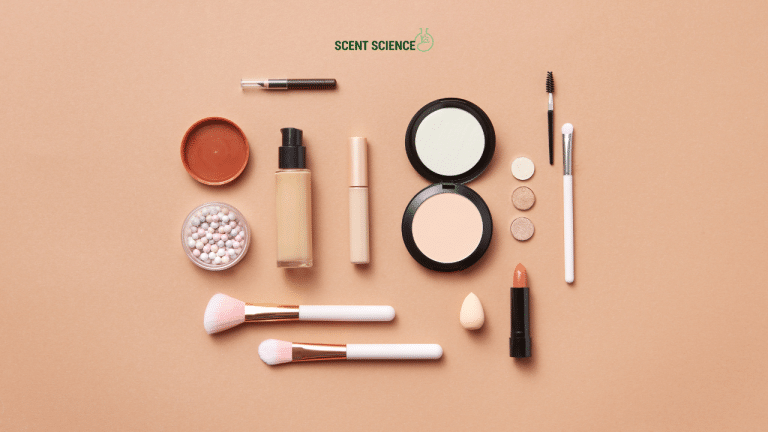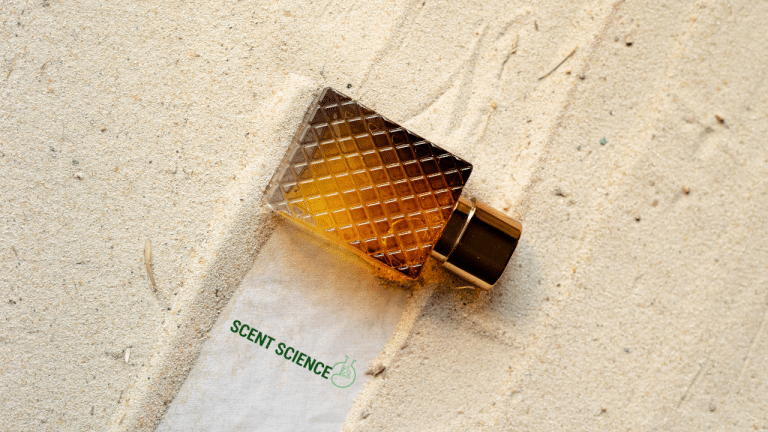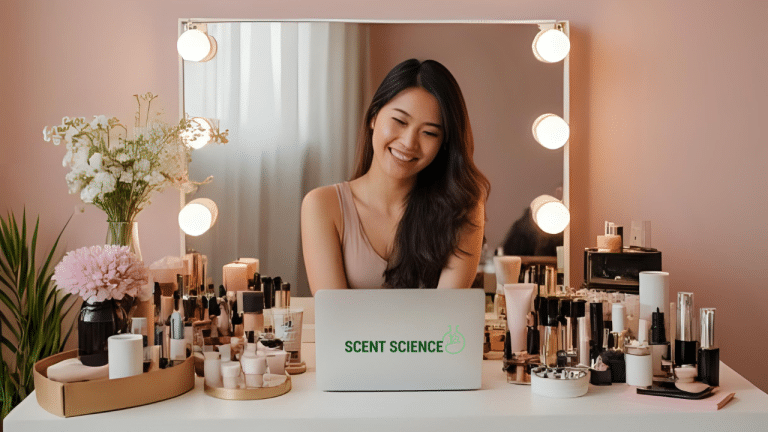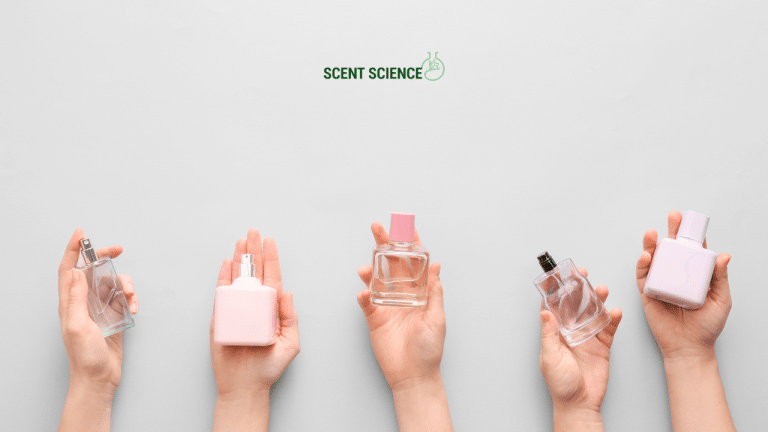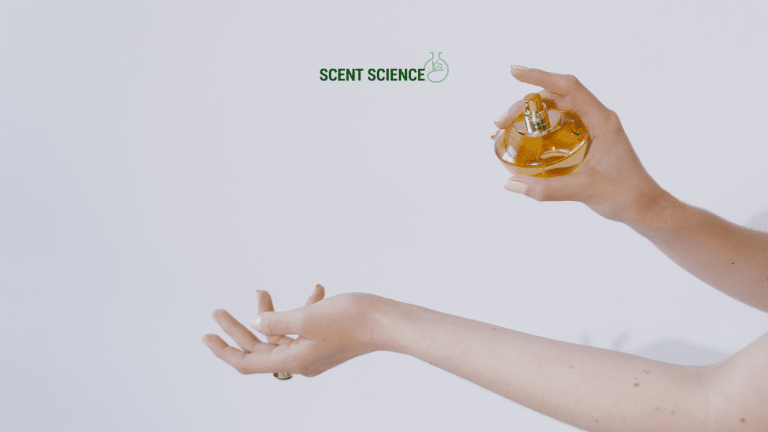Okay, so let’s talk about something we tend to overlook in our quest to smell heavenly: **fragrance packaging**. If you’re like me, when you spritz on a favorite perfume, the environment is probably the last thing on your mind. But with the rising concerns over environmental sustainability, maybe it should get a bit more of our attention. Seriously, wouldn’t it be great if we could smell good and feel good about it?
Here’s the deal: the world of perfumes, for all its allure and glamor, leaves a significant footprint on Mother Earth. From non-recyclable packages to excessive wrapping, there’s much room for improvement. But don’t stress yet—brands are finally starting to catch on, and we’re here to guide you through navigating this planet-friendly fragrance journey.
Table of Contents
ToggleThe Problem With Traditional Fragrance Packaging
Traditional perfume packaging can be excessive. You know this, right? All those layers of cardboard, hard plastic and elaborate designs that never seem to decompose. It might be hard to overlook the fact that while your scent bottle looks fabulous sitting on your dresser, it might not be doing so well languishing in a landfill.
Beyond just landfills, producing all of this packaging uses an insane amount of resources. Think about it—the energy for manufacturing, the water usage, the transportation emissions… it stacks up. Every little bottle plays its part in contributing to a much bigger environmental issue. Yikes!
Enter Eco-Friendly Perfume Solutions
So, what’s the answer, you ask? Glad you did! It’s all about embracing **eco-friendly perfume packaging**. Picture the same scent beauty but with clever packaging that considers our planet’s wagging finger of disapproval. Packaging that leaves a residual responsibility in the air, championing a new kind of chic.
Eco-friendly doesn’t mean compromising on style. On the contrary—many brands are innovating aesthetically pleasing and sustainable designs. Curious about what this might look like in your bathroom cabinet? Keep reading; we’ve got you covered.
The Big Shift: Sustainable Packaging Materials

Let’s get a bit nitty-gritty. Traditional jars and atomizers are animatedly competing with sustainable cousins crafted from alternative materials. Here’s a mini-breakdown:
- Recycled Glass: It offers elegance like its convencional counterpart, possibly even more with its gorgeous textured finishes. Glass can be recycled infinitely, making it a stellar choice.
- Biodegradable Plastics: Unlike typical plastics, these are down-to-earth options that break down naturally—no major carbon footprint drama here.
- Wood and Bamboo: Yes, you read it right. The natural touch of wooden lids or bamboo encasements is proving stylish, modern, and incredibly sustainable.
- Metal and Aluminum: Reusable and recyclable, these are becoming popular wrapping options. They bring a cool, sleek vibe to any dressing table.
Refillables: The New Elegance
Refillable packaging is probably one of the most ingenious steps towards a sustainable future. Think about it. Instead of tossing your exquisite perfume bottle when it’s empty, you can refill it. No waste, just practical love for the scent and Earth alike.
Many brands are making headway with refill stations in-store or online ordering options for refills. It’s almost like the perfume gift that keeps on giving—with a sustainable ribbon on top. Well, figuratively—because let’s keep those ribbons to a minimum!
Minimal Packaging: Less is More
You know, sometimes pairing it down works wonders. Minimalistic approaches to packaging, functioning with less material, not only require fewer resources, but they save space and often look stylishly trendy. Brands minimizing packaging are simultaneously drawing attention to a less wasteful, more conscious way of presenting products. Plus, unboxing excessive packages can sometimes feel like trying to infiltrate a vault, right? Straightforward and efficient, that’s the new sophisticated.

Actionable Steps Toward Embracing Sustainable Fragrance
Before you fret—going green with your fragrances is easier than it sounds. And it’s more rewarding than diving into the latest celebrity-endorsed scent— I promise! Here’s how you get started:
1. Research Brands Committed to Sustainability
Begin with a little research of brands truly committed to environmental change. Several luxury brands—Chanel, Lush, and Jo Malone, to name a few—are taking substantial steps in eco-friendly directions. They’re adopting more transparent, honest practices concerning their packaging.
2. Opt for Eco-Friendly Bottles
Choose perfumes that explicitly mention eco-friendly packaging. Good indicators are labels like biodegradable packing, no plastic cover, or recyclable material, all revealing the brand’s commitment to eco-conscious choices.
3. Refill and Reuse
Give preference to brands offering refillable bottles. This step doesn’t just help the planet—it’s economically savvy too. A one-time expense accompanied by repeated cost-efficient refills. Your budget will thank you almost as much as the environment does.
4. Recycle When You Can’t Refill
Some places still lack refill options, but all is not lost. You can recycle old bottles; it’s much better than tossing them into the trash. Separate components, clean thoroughly, and drop them into recycling, contributing to closing the loop on waste.

5. Share Knowledge
Got eco-conscious secrets up your sleeve? Share them around to spread awareness. Informing friends or even buying sustainable gifts can slowly but surely foster community and brand awareness.
Key Takeaways to Consider
- Eco-friendly perfume packaging is an emerging spotlight within the sustainable consumer landscape. Brands are evolving to fashionable packaging solutions that conscientiously attend to environmental needs.
- Materials like recycled glass and biodegradable plastics are crafting the way forward. They seamlessly pair good looks with genuine intention. Add elegant designs through bamboo or wood, and the sustainable packaging is already a chic fixture in newfound ingenuity.
- Embracing sustainable options doesn’t just heal the planet. With refillables and less wasteful packaging, they snugly fit into your lifestyle while lighting a path for conscientious choices.
Have you noticed a theme here? It continually circles back to consciousness and community. Familiar brands we adore can retool production, packaging, and processes. Together, pointing the compass towards a bright, odoriferous but guilt-free horizon.
Looking Forward: Vision for the World of Eco-Friendly Perfume
So trust this cosmic domino effect—the more we advocate and choose products promising lower environmental impact, the more companies align with sustainable goals. Encouraging, isn’t it?
It’s an exciting time to be a fragrance enthusiast who cares for both heavenly scents and a healthy planet. Tune in, stick with eco-friendly perfumes, and celebrate the little victories. You really can have bottle beautification and planet preservation coexist from counter to constellation—a lifestyle collectible all its own wrapped in green glory. Keep sniffing new avenues in sustainability—it starts with every small, conscientious choice.
And there you have it—smelling fabulous, and every bit mindful! Now, time to spritz some eco-conscious wisdom into practice. Because the more we lift our awareness about sustainable fragrance packaging today, the brighter the aura surrounding our earth tomorrow.
Frequently Asked Questions
How often should I wash my face mask to prevent maskne?
To prevent maskne, it is crucial to wash your face mask regularly. For fabric masks, wash them after every use, similar to how you would wash your underwear[2][3][4]. Disposable masks should be tossed after each use to prevent the buildup of bacteria and other contaminants[3][5>.
What type of skincare products are best for preventing maskne?
For preventing maskne, use skincare products that are oil-free or noncomedogenic. These products, such as gentle cleansers, moisturizers, and sunscreens, help prevent clogged pores and reduce the risk of acne. Look for products containing salicylic acid or benzoyl peroxide for their acne-fighting properties[1][3][4>.
How can I reduce friction and irritation caused by wearing a face mask?
To reduce friction and irritation, choose a mask that fits well and is made from breathable fabrics like cotton or bamboo. Loosen the mask straps, use pads under the straps, or consider a headband-style mask to minimize friction. Taking brief breaks to remove the mask and allow your skin to breathe can also help[2][3][5>.
What are some additional tips to prevent maskne while wearing a face mask?
In addition to regular mask washing and using the right skincare products, avoid touching your face, skip makeup or use noncomedogenic makeup, and moisturize your skin to keep it hydrated. Also, limit the use of active ingredients like retinol or benzoyl peroxide during the day when wearing a mask, and consider using a topical antimicrobial cream to prevent bacterial buildup[1][3][4>.
References


